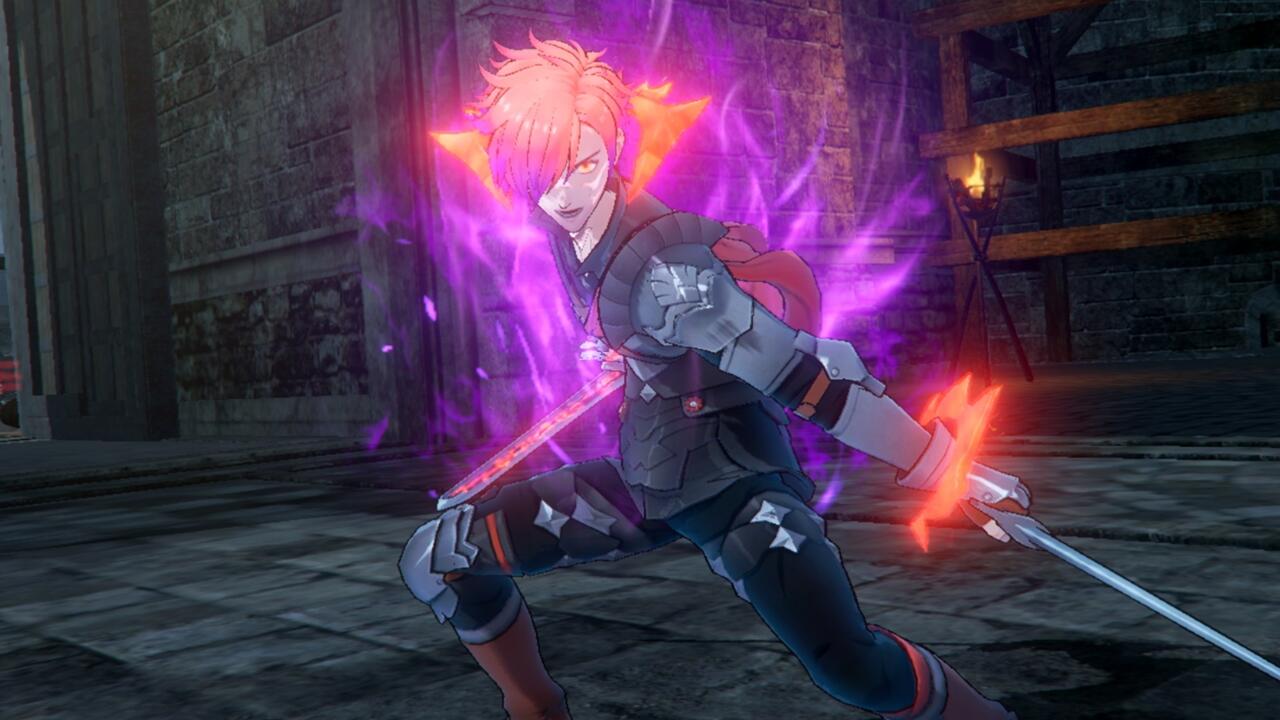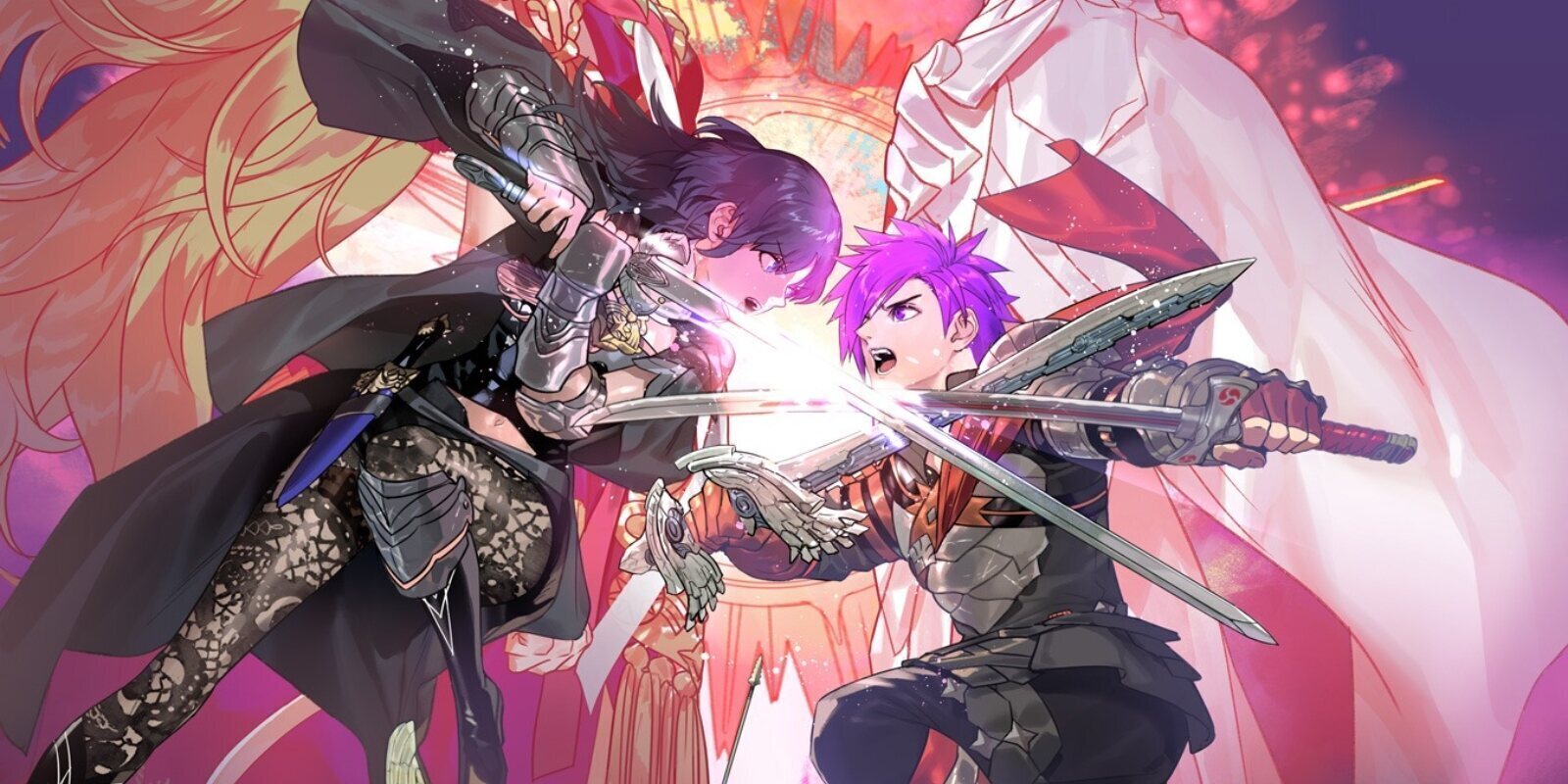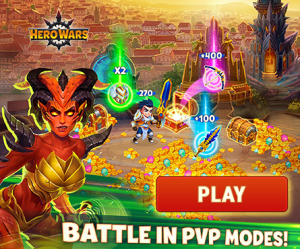With each new release from Dynasty Warriors developer Omega Force, the word “Warriors” gets further away from the word “Dynasty”. The Musou action genre it created, where you play as an ultra powerful soldier against an army of hundreds, is borrowing more and more from the franchises it licenses story and characters from. Hyrule Warriors: Age of Calamity looked and even sometimes felt like Breath of the Wild. Persona 5 Strikers (which lacks “Warriors” in the title, but is a Musou game) played like an extension of Persona 5, but with a different combat style. This trend among Omega Force’s games is a positive one, as you can only press the Y button so many times before you want to do something different. Fire Emblem Warriors: Three Hopes offers perhaps the most opportunity to entertain yourself outside of comboing through thousands of enemies that the studio has released yet thanks to its Fire Emblem: Three Houses-inspired content between missions. The result is a better-paced, more interesting experience than previous Omega Force games, but one that is still very much a Musou game.
Where the original Fire Emblem Warriors presented an ultimately unfulfilled opportunity to meet and play with the larger history of Fire Emblem characters, Three Hopes reigns in the focus and is essentially a pseudo-sequel/alternate telling of Three Houses that is an action game instead of a tactics RPG. You won’t run into characters like Roy or Marth, but you do have the choice to join Edelgard’s Black Eagles, Prince Dimitri’s Blue Lions, or–the correct choice–Claude’s Golden Deers. If you’ve played Three Houses, seeing these characters and agonizing over the choice again is nice, but this time you’re playing as a new character named Shez, whose appearance throws the timeline out of sync and forces former Three Houses protagonist Byleth into the antagonist role. The departure gives an illuminating new look at that story, allowing you to interact with familiar characters under new circumstances. This change also made me admire Byleth in a new way, as she destroyed me the first time I met her, and proved to be a worthy challenge on nearly every subsequent rematch.
Before and after combat encounters is where Three Hopes is the closest to Three Houses and doesn’t feel like a typical Musou game. Between pressing Y arguably too much, you visit base camp, where you can upgrade facilities, train, speak with your soldiers, make a meal, or even take care of horses. I enjoyed the reprieve from the repetitive combat and though I didn’t want to hear from every character between battles (and often elected not to), the opportunity to get to know the cast of characters, improve all the interpersonal relationships, and make them stronger during combat, made me eager to return to base camp. I even enjoyed the strangeness of going on the occasional date between slaughtering opposing troops. Base camp doesn’t change visually as a result of upgrades, which is disappointing, but leveling up and improving the facilities is rewarding for the bonuses they provide, like faster training or stores being able to carry more supplies.
Combat is disappointingly familiar to past Musou games where you fight literally hundreds of the same enemies over and over with repeated combos. The Musou combat formula is one that is always impressive in the early hours, but wears out its welcome as every fight starts to feel the same. The numerous tutorials that still pop up regularly even five hours into the game don’t help matters, but little spikes of fun do appear when you pull off an especially destructive special attack against a huge number of enemies. Where Age of Calamity and Strikers played with the core mechanics by adding a Breath of the Wild’s flurry attacks and runes and Persona 5’s stealth to mix up the repetitive action respectively, Three Hopes is a small shuffle backwards. You press the Y button repeatedly to build up combos and unleash ultimate attacks on the soldier who happens to be pulsating green on the overview map.
Combos and limited-use special abilities mix up the fighting and new in-battle fast-travel options help speed up the overall pace of the action, but it all amounts to ignoring most of the enemies to focus on a few generals and ping-ponging between them. Your choice of class dictates who you are strong against, and I changed Shez’s often, as you are encouraged to level them up individually. Classes like Cavalier and Pegasus Knight put you on horseback, while Swordmaster makes you run faster. Every class for every characters changes how they look, which is great, but it doesn’t change how they play in a meaningful way, which is disappointing.
The Fire Emblem-inspired strategy layer has been greatly improved since the first Fire Emblem Warriors game, and engaging with it is a lot more fulfilling. You can get as granular as you want, commanding your individual soldiers to attack and defend specific zones and enemies, but I found great joy in sending my whole army on singular missions to take out the bases I was ignoring, or telling them to all follow me as I sprinted toward particularly powerful foes. The team is truly helpful, and your relationship with all of them grows alongside their power levels as you interact with them between missions. Chatting everyone up and learning about them makes it exciting to see them succeed on the battlefield.
I did run into a handful of occasions where suddenly the battle was lost and I wasn’t sure what happened. An enemy general was suddenly in an area they weren’t supposed to be, or one of my bases fell when I didn’t even know they were in trouble. Your attention is sometimes too divided and the single objective description on the side of the screen just isn’t enough to keep you in the loop. The worst case and most frustrating scenario, which thankfully only happened a few times, is when I lost a battle and the checkpoint dropped me into an impossible scenario where there were only a few moments before losing. These instances force a mission restart entirely, which I always hated doing.
Missions are selected by looking at a region on a map and making your way from base camp to a final destination territory by territory. You can elect to take over every section of the region, or you can beeline to your final goal to speed things up. There is something joyful about slowly overtaking the map with each battle and watching your color overtake the world. But when I don’t care to participate in every battle, I appreciate that I can be a completionist and gain a few extra levels and materials, or only participate in the battles you need to. I also liked the bonuses that appear after taking over a small section. Once a section is complete, you earn little stories that accompany collecting resources from won locations.

Getting to know your co-workers is a highlight, but the larger narrative falls flat and the decisions you make to direct the story don’t make a radical impact. The production values are impressive with fully voiced and well-animated cutscenes showing leaders making difficult decisions about where and how to direct troops, but I struggled to get invested and was often confused with the political machinations of all the various interests. The competing goals of your opponents are never made clear and the elaborate plans being constructed always amount to attacking hundreds of enemies to take out various forgettable generals. Going on a date with Claude and talking about how much we like feasts is way more interesting than watching him hold his hand to his chin and commiserate about why the oppressive church is bad and we should probably fight them.
The Musou games have been on an upward trajectory ever since Omega Force stepped outside of its Dynasty comfort zone. This, along with the recent releases, has shown a stronger willingness to embrace the unique mechanics of the franchises it is borrowing from and Three Hopes is one of the strongest examples yet. The repetitive and sometimes frustrating combat, however, is what makes up the majority of the experience. Even with improvements, the base idea behind the combat still loses its luster quickly. If you squint, though, you arrive at something closer to a Fire Emblem: Three Houses extension as opposed to a licensed spin-off hoping to cash in on recognizable characters and locations, which is a good place to be.






